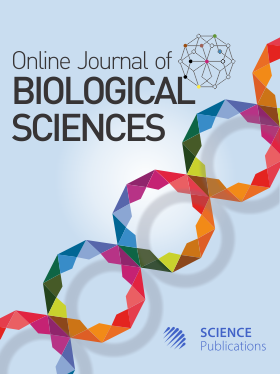Fermentation Conditions of Lactobacilli for the Production of Lactose-Free Starter Culture
- 1 Department of General Biology and Genomics, L.N. Gumilyov Eurasian National University, Astana, Kazakhstan
- 2 Department of Medicine, Astana Medical University, Astana, Kazakhstan
- 3 School of Sciences and Humanities, Nazarbayev University, Astana, Kazakhstan
- 4 Department of Biotechnology and Microbiology, L.N. Gumilyov Eurasian National University, Astana, Kazakhstan
- 5 Department of Bionanotechnology, Kemerovo State University, Kemerovo, Kazakhstan
Abstract
This research aims to determine the fermentation conditions and viability in a medium simulating the gastrointestinal tract and to examine the antagonistic potential of Lactobacillus acidophilus (Lb. acidophilus) and Lactobacillus rhamnosus (Lb. rhamnosus) in producing a lactose-free starter. Our study examined Lactic Acid Bacteria (LAB). The sources of Lb. acidophilus strains are camel milk (shubat), Lb. rhamnosus mare milk (koumiss), traditional homemade dairy foods in Kazakhstan. Lb. acidophilus and Lb. rhamnosus are resistant to gastric juice acidity at a pH above 3, therefore they will be able to pass through the stomach intact. The cell populations remained ≥106 CFU mL. When Lb. acidophilus was treated at pH 3.0-5.0, the cell population was significantly higher (p≤0.05). Simulated gastrointestinal transit was studied by assessing NaCl resistance. The cell counts in the medium with 5% NaCl were significantly higher (p≤0.05) than those in the medium with 2% NaCL. Lb. acidophilus and Lb. rhamnosus showed growth corresponding to ~7 log CFU at 5-7% NaCl. Lb. acidophilus and Lb. rhamnosus were tested for their antibacterial activity by agar-well diffusion test. Three common pathogens, E. coli, S. marcescens, and S. Typhimurium were used for the investigation of antagonistic activity. Lb. acidophilus and Lb. rhamnosus showed significantly high inhibition zone ranges (p≤0.05) from 10-12 mm against E. coli and S. marcescens. A medium zone of inhibition 5.0-6.0 mm against S. typhimurium. For co-fermentation, pasteurized milk inoculated with Lb. acidophilus and Lb. rhamnosus cells were fractionated into 25 mL portions and placed in 50 mL conical tubes. It was spread on a nutrient medium of Petri dishes and incubated for 24 h at 37°С. Lb. acidophilus and Lb. rhamnosus starter culture reached a significant cell population of about ~8 logs Colony Forming Unit (CFU/mL) during co-culture fermentation, pH in Pasteurized Milk (PM) rapidly decreased to 3.0.
DOI: https://doi.org/10.3844/ojbsci.2024.282.294

- 1,839 Views
- 990 Downloads
- 0 Citations
Download
Keywords
- Lactobacilli
- Probiotic
- Starter Culture
